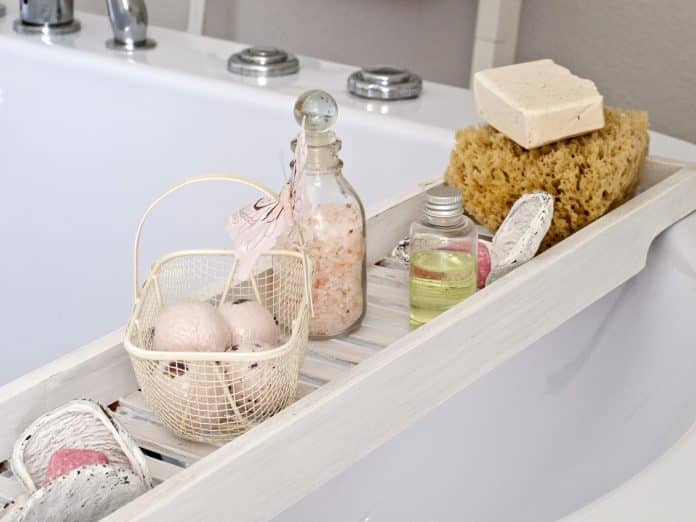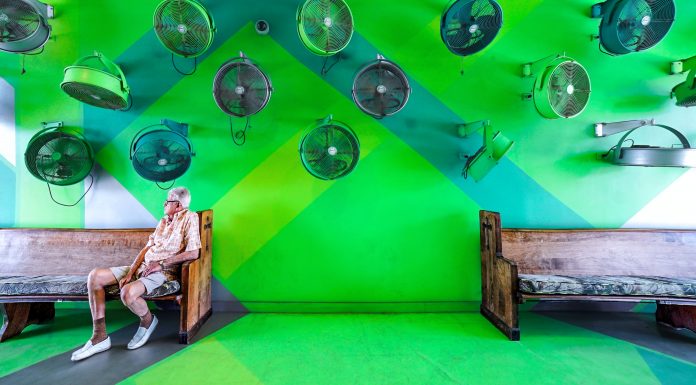Choosing the right bathing solution is essential for seniors to stay independent and safe at home. As mobility decreases with age, traditional bathing methods can become risky, increasing the chances of falls and injuries. The right setup can improve convenience, provide comfort, and make daily routines safer. By selecting suitable bathing options, seniors and caregivers can enhance their quality of life while reducing potential hazards.
Importance of Accessibility in Bathroom Design
Creating a senior-friendly bathroom is about more than appearance; it requires careful planning to improve safety and ease of use. Many seniors experience mobility challenges, making a secure and accessible bathing space essential. Features such as grab bars, non-slip surfaces, and proper lighting help prevent falls and support independence.
For caregivers, recognising these needs is important. A well-designed bathroom can reduce risks, allowing seniors to bathe comfortably without fear of falling. Walk-in baths and low-threshold showers provide easier access, turning a difficult routine into a safer and more comfortable experience.
Additional features like adjustable shower seats, handheld showerheads, and wider doorways further improve accessibility. Smart bathroom additions, such as temperature-controlled faucets and emergency alert buttons, enhance safety. These adjustments help seniors maintain independence and reduce the likelihood of injury, improving both safety and comfort in daily routines.
Comfort and Safety with Walk-In Baths
Choosing the right bathing solution, such as walk-in baths, can greatly improve safety and comfort for seniors. These baths have low thresholds, allowing users to step in easily without excessive strain or risk of falling. For those with balance difficulties, walk-in baths provide a stable and independent bathing option.
Many models include hydrotherapy features, which offer soothing effects that help reduce muscle tension and support better circulation. This can be especially helpful for seniors dealing with joint pain or stiffness. Adjustable settings allow for a personalised bathing experience, ensuring comfort and relaxation.
Walk-in baths also come in various designs to suit individual needs, making them a practical addition to any home. With thoughtful features such as built-in seating and easy-to-reach controls, they create a safer and more enjoyable bathing routine while promoting well-being. For those seeking custom solutions, bespoke walk in baths provide options tailored to specific requirements, accommodating different mobility levels and bathroom layouts.
Additional safety enhancements like anti-scald technology, slip-resistant flooring, and side-door access further improve usability. Many models also include fast-draining systems, reducing wait times after bathing.
Creating an Inviting and Practical Space
Transforming a bathroom into a safe and comfortable space requires smart design choices. A well-planned layout makes movement easier, reducing strain and enhancing daily routines. Installing adjustable shower heads, built-in seating, and well-placed storage ensures practicality while maintaining accessibility. Adequate lighting and slip-resistant flooring further enhance safety, preventing accidents in wet areas.
Adapting an existing bathroom to suit changing needs helps seniors maintain independence. Features like raised toilets, wider doorways, and walk-in baths provide additional convenience, making bathing safer and more enjoyable. Strategic placement of grab bars near showers, bathtubs, and toilets offers extra support, reducing the risk of falls.
For added comfort, heated flooring and temperature-controlled faucets can help regulate warmth, preventing sudden temperature changes. A thoughtfully designed bathroom fosters independence and confidence, allowing seniors to complete daily tasks with ease.
The Role of Caregiving in Bathing Assistance
Caregivers play a vital role in helping seniors with bathing, especially those with limited mobility. Using the right techniques ensures safety and comfort for both the caregiver and the senior. Training in proper lifting, transfers, and positioning reduces the risk of strain or injury. Installing supportive aids like shower chairs and handheld showerheads can also make the process smoother.
Beyond physical assistance, caregivers provide emotional reassurance, making the experience more comfortable. Many seniors feel vulnerable while bathing, so a calm and respectful approach helps maintain their dignity. Open communication about preferences, privacy, and concerns fosters trust, creating a more positive routine.
Establishing a consistent bathing schedule can also help seniors feel more at ease. Using warm towels, gentle water temperatures, and familiar products can enhance comfort.
Exploring Hygiene and Health Benefits
The importance of hygiene for seniors cannot be overstated. Regular bathing helps prevent infections and skin issues, especially for those with limited mobility. Maintaining cleanliness reduces the risk of irritation and pressure sores, which can develop when movement is restricted. Modern walk-in baths provide a safe and convenient way to uphold hygiene standards with minimal assistance, allowing seniors to bathe comfortably and independently.
Beyond cleanliness, bathing offers various health benefits. Warm water soothes sore muscles and joints, making it a key part of self-care for those with arthritis or chronic pain. Hydrotherapy features in walk-in baths promote relaxation, helping to improve circulation and reduce stress. The calming effect of a warm bath before bedtime can also enhance sleep quality, which is essential for overall health.
Financial Considerations for Bathroom Modifications
When considering bathroom modifications, understanding the financial impact is essential. Many seniors have fixed incomes, making it important to explore funding options. Researching grants, local assistance programmes, and insurance benefits can help offset costs for necessary upgrades. Some government initiatives and nonprofit organisations provide financial aid for home adaptations that improve safety and accessibility.
A well-planned financial approach ensures that seniors can access essential products and services without unnecessary strain. Consulting with financial advisors who specialise in elder care can provide valuable guidance on managing expenses efficiently. Additionally, comparing prices from multiple suppliers and seeking discounts on accessibility features can make modifications more affordable.
Planning reduces stress and allows seniors to make informed decisions about their living spaces. By identifying cost-effective solutions and securing available financial support, they can create a safer and more comfortable bathroom without compromising their financial stability.























